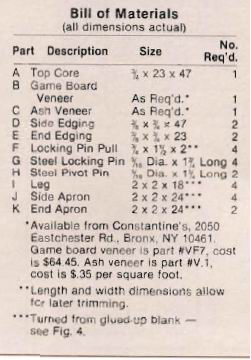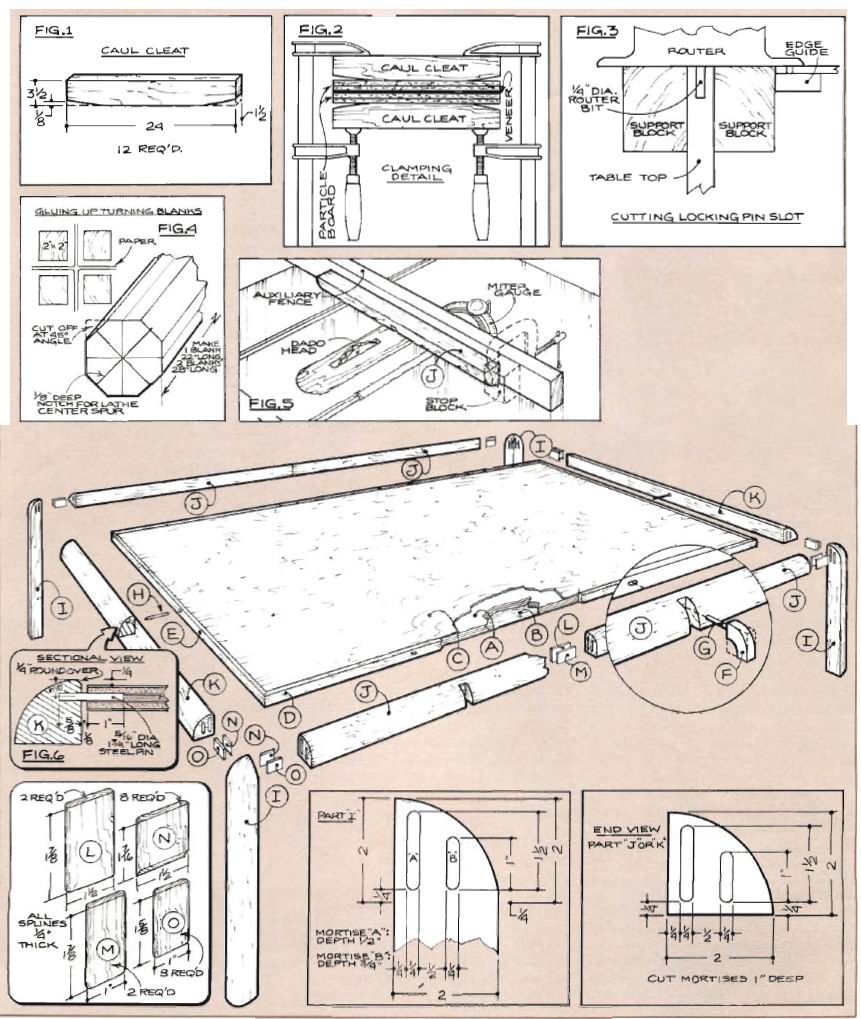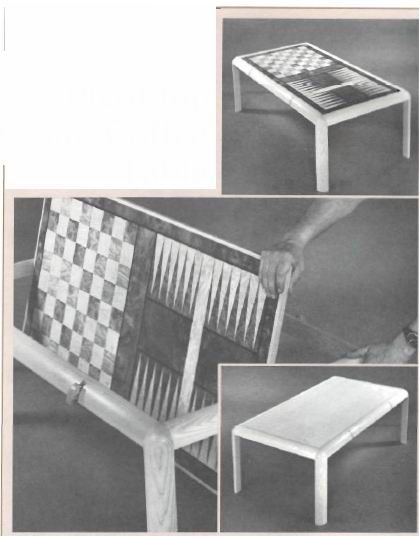Shaker Single-Drawer Cupboard. Part 5.
Воскресенье, 5 февраля, 2012With the panels cut, the doors can be assembled. Apply glue to the mortises and tenons then assemble as shown. The panels must be free to move with changes in humidity, so be sure not to glue them in place.
The drawer (parts T, U, V, and W) can now be made and assembled as shown. Note that the bottom is made using a 1/2 in. thick solid stock beveled on all four edges.
(далее…)




